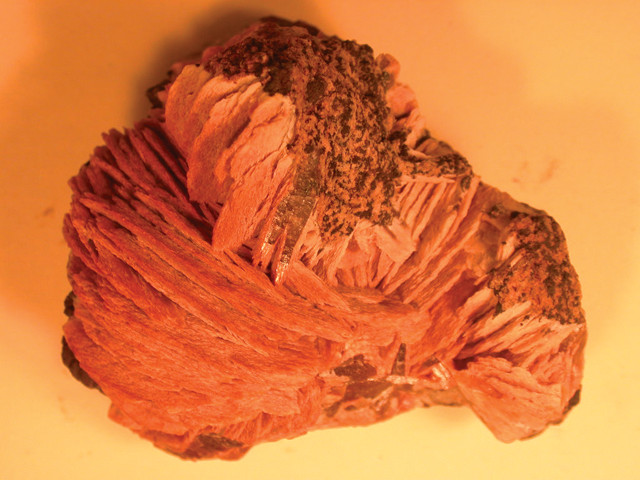
Comparing the Benefits and Applications of Vermiculite and Perlite in Horticultural Practices
Vermiculite vs. Perlite Understanding the Differences and Uses
When it comes to gardening and horticulture, the choice of growing medium can significantly impact plant health and growth. Two popular choices among gardeners are vermiculite and perlite. Both are mineral-based materials used to improve soil structure, aeration, and water retention, but they have distinct characteristics that make them suitable for different applications. This article aims to elucidate the differences between vermiculite and perlite, their respective benefits, and tips on how to use them effectively.
What is Vermiculite?
Vermiculite is a naturally occurring mineral that expands when heated. This process, known as exfoliation, transforms the mineral into a lightweight, porous material that has excellent moisture-retaining properties. Vermiculite is primarily composed of magnesium, aluminum, and iron, and it has a pH-neutral nature, making it suitable for a variety of plants. Its ability to hold water while allowing aeration makes it particularly beneficial for seed starting and for seedlings that require a consistent level of moisture.
One of the significant advantages of using vermiculite is its capacity to retain nutrients. It can absorb and hold onto essential nutrients, making them available to plants as needed. This property is especially useful in hydroponic systems and container gardening, where nutrients can quickly leach away. Additionally, vermiculite’s lightweight nature ensures that it won't compact over time, thereby maintaining soil aeration.
What is Perlite?
Perlite is a volcanic glass that is also expanded by heating. When heated, perlite pops like popcorn, creating a very light and porous material that is predominantly white in color. Unlike vermiculite, perlite does not retain moisture as effectively and has a slightly alkaline pH, which can be beneficial for certain types of plants. It is primarily used to enhance drainage and aeration in soil mixes.
vermiculite o perlite

The main advantage of perlite is its ability to prevent soil compaction, making it ideal for plants that require well-draining soils. It creates air pockets within the soil, ensuring that roots have access to oxygen, which is crucial for healthy plant growth. Perlite is often mixed with potting soil, especially for plants that are susceptible to root rot, as it allows excess water to drain away quickly.
Key Differences
While vermiculite and perlite share some similarities, they differ significantly in properties and application. Vermiculite excels in moisture retention and nutrient-holding capability, making it ideal for seedlings and moisture-loving plants. Conversely, perlite is unmatched in creating drainage and aeration within soil mixes, which is crucial for preventing overwatering and root rot.
The choice between vermiculite and perlite often depends on the specific needs of the plants being grown. For example, succulents and cacti prefer well-draining soil, making perlite an excellent choice for these types of plants. On the other hand, leafy greens and herbs may thrive in soil amended with vermiculite due to its moisture-retaining qualities.
Conclusion
In summary, both vermiculite and perlite are valuable additions to any gardener's toolkit, each with its unique set of properties and benefits. By understanding the differences between these two soil amendments, gardeners can make informed decisions to create the optimal growing environment for their plants. Whether you choose vermiculite for its moisture retention or perlite for its drainage capabilities, incorporating these materials into your gardening practices can lead to healthier, more productive plants.
Share
-
Premium Talcum Powder Enhanced with GPT-4 Turbo | Soft & Long-LastingNewsAug.02,2025
-
Fly Ash Solutions Enhanced by GPT-4 Turbo | Sustainable InnovationNewsAug.01,2025
-
Natural Premium Bentonite Cat Litter - Superior ClumpingNewsJul.31,2025
-
Premium Resin Coated Sand - High Heat Resistance CastingNewsJul.31,2025
-
High Quality Silicon Carbide Grit for Abrasive ApplicationsNewsJul.30,2025
-
High-Quality Ceramsite for Plants & Gardening | Lightweight PebblesNewsJul.29,2025






